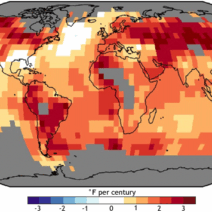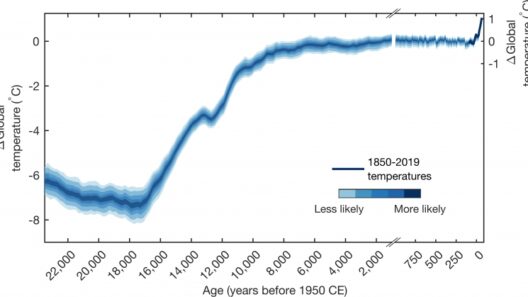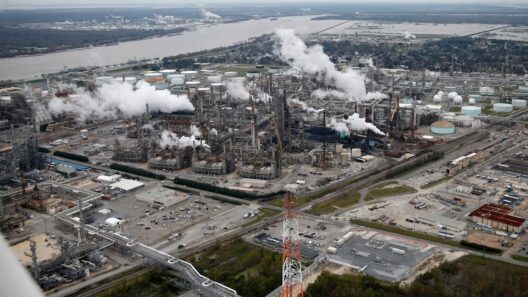The earth’s rainforests, often referred to as the planet’s “green lungs,” are indispensable ecosystems that contribute to the health of our planet. They play an integral role in sequestering carbon dioxide, producing oxygen, and maintaining biodiversity. However, as global warming intensifies, these vital ecosystems are teetering on the brink of irreversible collapse.
Rainforests are characterized by their high levels of rainfall and rich biodiversity. The Amazon, Congo Basin, and Southeast Asian rainforests are the most prominent examples, housing millions of species, many of which are yet to be discovered. These biomes are not only home to flora and fauna but are also crucial to the livelihoods of countless indigenous communities who depend on them for survival.
One of the most pressing issues facing rainforests today is deforestation. Driven primarily by agriculture, logging, and infrastructure development, the rate of forest loss has escalated. The consequences of such actions are dire. When trees are felled, the carbon stored within them is released back into the atmosphere, exacerbating the greenhouse effect. This creates a vicious cycle of warming that further threatens these ecosystems.
Global warming has pervasive impacts not just on temperature but also on precipitation patterns. Scientific modeling indicates that many rainforest regions are expected to experience more extreme weather events, such as droughts and intense storms. Such alterations could lead to a feedback loop where trees die off due to insufficient water and are subsequently unable to sustain their ecosystems, further releasing stored carbon.
A key component in the fight against climate change is understanding the intricate symbiosis within these forests. Rainforests are complex networks where trees, plants, animals, and microorganisms work in unison to create a balanced ecosystem. This balance is delicate; even small shifts in environmental conditions can have dire repercussions. For instance, the loss of keystone species can disrupt pollination and seed dispersal, ultimately leading to reduced biodiversity.
In addition to biodiversity loss, the socio-economic implications of rainforest degradation are significant. As these ecosystems decline, indigenous communities are often the first to feel the brunt of environmental changes. Their traditional knowledge about sustainable land management becomes increasingly obsolete in the face of rapid climate shifts. Furthermore, livelihood options dwindle as resources become scarcer, prompting migrations to urban areas where indigenous peoples often face exploitation and poverty.
The importance of preserving rainforests cannot be overstated. They function as carbon sinks , absorbing vast amounts of greenhouse gases. The preservation and restoration of these forests could be one of the most effective strategies for combating climate change. Effective conservation can mitigate emissions while simultaneously promoting the habitats necessary for countless species worldwide.
There are various strategies being employed to address the dual crisis of biodiversity loss and climate change. Protected areas, sustainable forestry practices, and community-based conservation initiatives have shown positive results in preserving rainforest areas. Payments for ecosystem services (PES) have also emerged as a viable economic incentive for conserving these vital landscapes, allowing communities to benefit financially while maintaining their environments.
Additionally, global cooperation is essential in combating this crisis. Initiatives like the REDD+ program (Reducing Emissions from Deforestation and Forest Degradation) aim to provide financial incentives for developing countries to reduce deforestation and invest in sustainable practices. However, such programs must be administered equitably to ensure that the rights of indigenous populations are respected and reinforced.
Education and awareness-raising campaigns are equally crucial in fostering a collective response to climate change. It is imperative that more individuals understand how their everyday choices—ranging from the products they purchase to their energy consumption—contribute to rainforest destruction. Sustainability should become the everyday norm rather than the exception.
Innovative technologies also offer potential solutions for the preservation of rainforests. Remote sensing and satellite imaging can be utilized to monitor deforestation rates in real-time. Meanwhile, advances in artificial intelligence can help analyze the vast amounts of data collected to predict potential threat factors, enabling more proactive conservation strategies.
In conclusion, the fate of the earth’s rainforests rests in our hands. As global temperatures continue to rise due to unsustainable practices, taking decisive action is not an option but an imperative. The preservation of these ecosystems is integral to not only combatting climate change but also to maintaining global biodiversity and ecological balance. It is a complex issue woven into the fabric of our planet’s health and humanity’s future. If we act collectively, we can change the course for these irreplaceable ecosystems, ensuring they thrive for generations to come.







